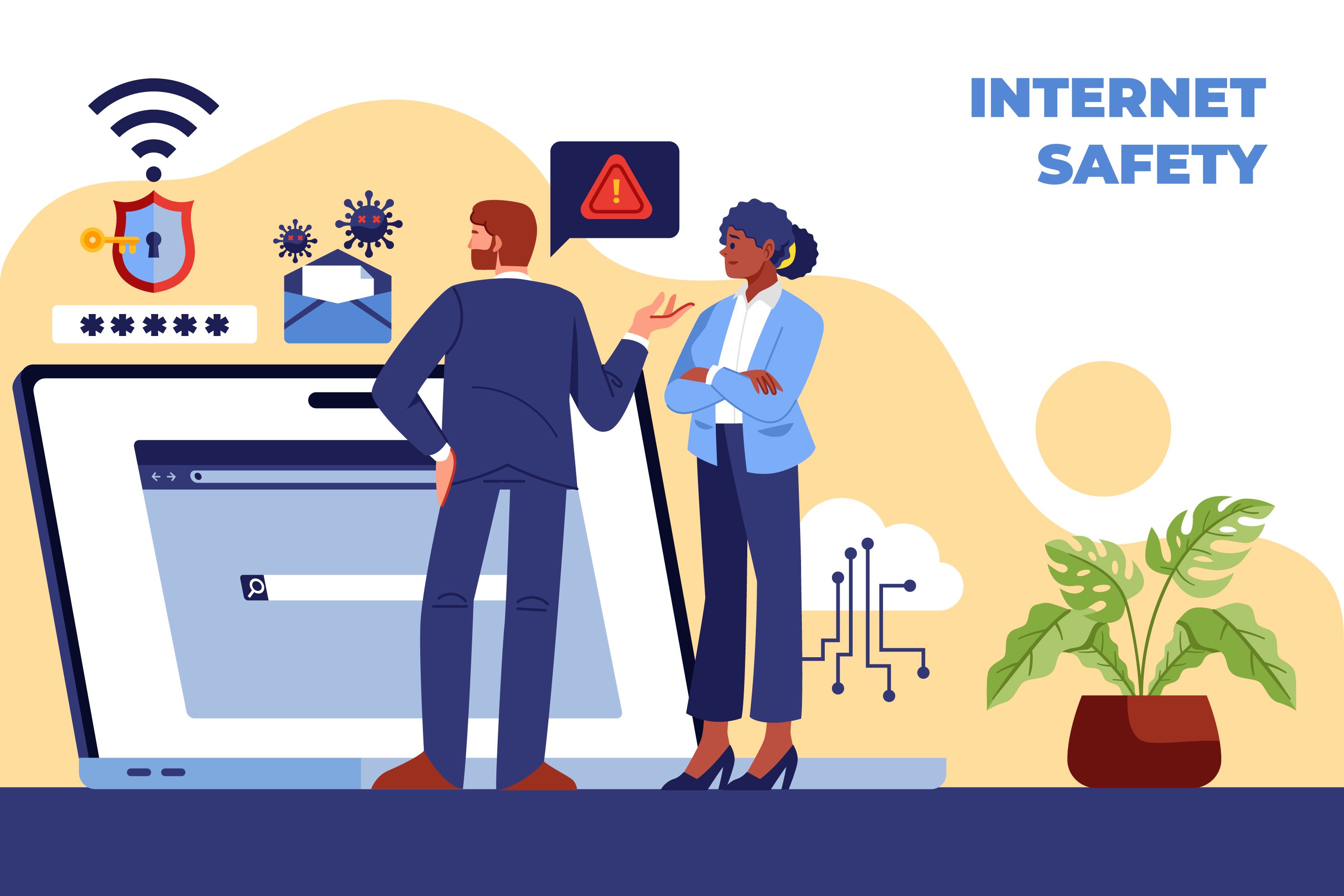How To Implement a Customer Loyalty Program: A Step-by-Step Guide

Photo by Cytonn Photography @ unsplash
In today's competitive marketplace, retaining customers and increasing their lifetime value is more crucial than ever. That's where a customer loyalty program comes into play, ensuring your valued patrons are rewarded for their ongoing support.
Customer loyalty programs bring numerous benefits to businesses, including increased customer retention, improved satisfaction, and higher revenue. But before implementing a loyalty program, businesses must define clear goals and objectives aligning with their overall strategy and consider what rewards will motivate their customers.
Explore: The Link Between Employee Engagement and Customer Satisfaction
From defining goals to selecting the suitable model and incentives, this comprehensive guide will be your roadmap to fostering a successful customer loyalty program that boosts satisfaction and revenue.
How To Implement a Loyalty Program
To successfully implement a customer loyalty program, businesses have a clear goal; let’s look at the important steps to putting rewards for customers in place.
Define Program Goals and Objectives
Before starting a customer loyalty program, defining the goals and objectives is important. This first step will help ensure that the program aligns with your business’s overall strategy and that you are measuring the right metrics.
Consider analysing your current customers’ behaviour and preferences to set clear objectives for your loyalty program. You can also research industry benchmarks to understand what results other businesses have achieved through their loyalty programs.

For instance, if you run an e-commerce store selling beauty products, offering a point-based rewards system could lead to improved conversion rates by giving loyal customers discounts on future purchases or free samples of new products.
Choose the Right Loyalty Program Model
When choosing the right loyalty program model for your business, several options are available. One popular model is the points-based system, where customers earn points for every purchase and can redeem those points for rewards or discounts.
Tiered loyalty programs are also a good choice for businesses with higher-priced goods. This program encourages customers to return and unlock more benefits and rewards.

Some companies offer paid loyalty programs, where customers pay a fee to participate but receive larger benefits and perks in return.
It's important to consider which loyalty program model best aligns with your business goals and customer demographics.
It's also worth noting that some businesses have successfully implemented non-traditional loyalty programs such as charitable donations on behalf of loyal customers or personalised experiences tailored to individual preferences.
Decide on Rewards and Incentives
Once you have selected the right loyalty program model for your business, it's time to decide on rewards and incentives to motivate customers to join and participate in the program.
Rewards should be valuable enough to entice customers and reinforce their loyalty.
Read more: How To Create A Stand Out Customer Rewards Program
To determine what kind of rewards to offer your customers, consider what they value most. If your target audience is price-conscious, offering discounts might be the best option.

Alternatively, if they're fans of luxury experiences, then a VIP membership with exclusive access might be more desirable.
Implement and Track Results
Once you have launched your customer loyalty program, tracking its success and continually refining your approach is crucial. Analysing customer loyalty metrics involves measuring the effectiveness of your loyalty programs, such as customer retention rates or revenue generated from repeat purchases.
It's essential to regularly review and adjust incentives based on what resonates best with customers. For instance, if one reward isn't proving popular, try replacing it with another option that better aligns with customers' wants.
By keeping track of data consistently, you'll be able to see what aspects are working well and what needs improving over time.
Benefits of a Customer Loyalty Program
A customer loyalty program can bring numerous benefits to a business, including increased customer retention, improved customer satisfaction, and higher revenue.
Increased Customer Retention
Increased customer retention is one of the key benefits that businesses can experience from implementing a well-designed customer loyalty program. Retaining existing customers not only saves companies valuable time and resources and contributes significantly to their revenue growth.
Improved Customer Satisfaction
Loyalty programs reward customers for their repeat business, giving them a reason to return, positive reviews, spreading the word about your brand, and ultimately fostering genuine relationships with your company.
This may interest you: The Key Driver in Customer Experience
Higher Revenue
By offering rewards and incentives to customers who frequently purchase from your company, you encourage them to return more often and make larger purchases.

For example, consider a coffee shop that offers a customer loyalty discount - buy nine coffees and get the tenth one for free. Customers may be more inclined to choose this specific coffee shop over competitors, knowing they will eventually receive a complimentary beverage.
Supplementary reading: Tips to Improve Your Sales Acceleration
This customer loyalty program encourages repeat business and fosters an environment where patrons feel valued and appreciated for their continued patronage, ultimately leading to increased overall revenue for the establishment.
Conclusion
Implementing a customer loyalty program is smart for any business looking to improve customer retention, satisfaction, and revenue. By following this step-by-step guide, businesses can effectively design and implement a successful loyalty program that meets their objectives and keeps customers returning.
Remember to regularly measure the program's success and adjust as needed to ensure its continued effectiveness.
Be sure to check out the media below:
Leaderonomics.com is an advertisement-free website. Your continuous support and trust in us allow us to curate, deliver and upkeep the maintenance of our website. When you support us, you enable millions to continue reading for free on our website. Will you give it today? Click here to support us.
Business
Tags: Consultant Corner, Hard Talk
This article is published by the editors of Leaderonomics.com with the consent of the guest author.






